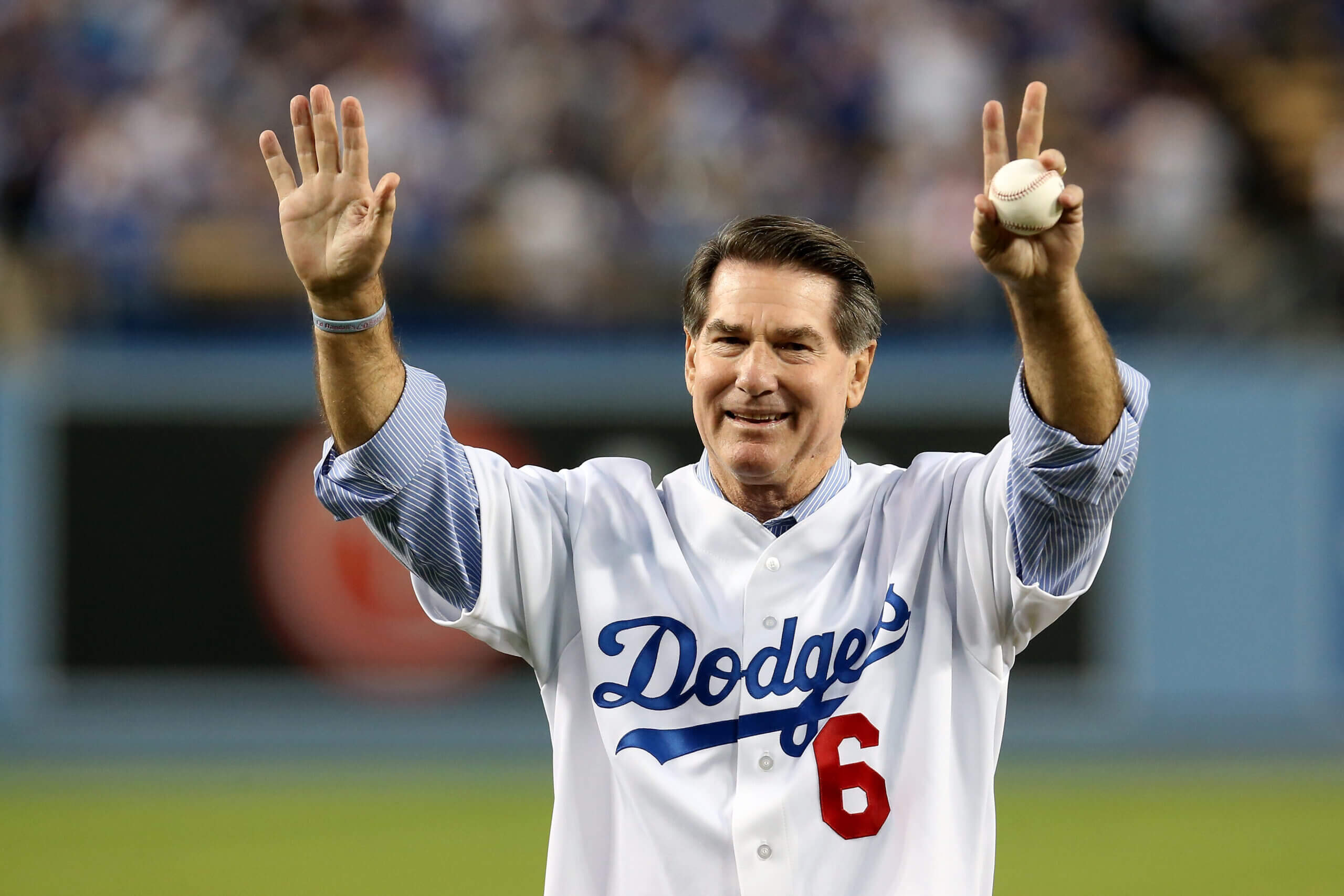The Hall of Fame’s Classic Baseball Era Committee considers players, managers, umpires and executives who made their greatest impact before 1980. That’s a huge swath of the sport’s history — more than a century — so simply reaching the ballot is an achievement.
Now, for the eight candidates announced on Monday, there’s an even more grueling process: actually winning the vote. A 16-person committee will gather at the Winter Meetings next month, with a maximum of three votes per member and 75 percent needed for election.
The results of the election will be announced on Dec. 8. Here are some of the factors that the committee — whose members have not been announced — will consider.
Dick Allen (1942-2020)
3B/1B/OF, 1963-77, Philadelphia, St. Louis, Los Angeles (NL), Chicago (AL), Oakland
The case for: For a stretch of 11 seasons (1964 through 1974), only one player had a better OPS than Allen’s .940 — Hank Aaron, at .941. And while those years specifically highlight Allen’s prime, it’s notable that everyone else in the top 11 in OPS for that era is a Hall of Famer: Aaron, Willie McCovey, Frank Robinson, Willie Stargell, Roberto Clemente, Willie Mays, Harmon Killebrew, Carl Yastrzemski, Billy Williams and Reggie Jackson. Allen led his league in OPS four times and won an MVP award for the White Sox in 1972.
Advertisement
The case against: Allen played for several teams — unusual for a star before free agency — and was constantly cast as a rebel with little regard to his perspective or the context of his times. He was often unavailable (just six seasons with at least 130 games), fell short of 2,000 hits and 400 homers and appeared in only three postseason games.
Ken Boyer (1931-1982)
3B, 1955-69, St. Louis, New York (NL), Chicago (AL), Los Angeles (NL)
The case for: Like Allen, Boyer was an All-Star in seven seasons and an MVP in one (1964 for the Cardinals) with a strong 11-year prime, largely at third base. In his best stretch (1955-1965, comprising his entire stay in St. Louis), Boyer ranked fourth in the majors in hits with an .832 OPS. He also won five Gold Gloves at a position underrepresented in Cooperstown.
The case against: Also like Allen, Boyer is light on counting stats, with 2,143 hits and 282 home runs. He didn’t make much of an impact on the Mets, White Sox or Dodgers, hit 30 homers only once, and his MVP season was his only top-5 finish for the award.
John Donaldson (1891-1970)
P/OF, 1920-24, Kansas City Monarchs
The case for: Research has uncovered more than 400 wins and 5,000 strikeouts for Donaldson, who pitched and played outfield for more than 30 years and later became a scouting pioneer for the White Sox. Donaldson, who was born in 1891, was a towering figure in the early barnstorming days, developing a blueprint for profitability that Satchel Paige and others would follow.
The case against: Donaldson was already 29 years old by the time the Negro National League was formed in 1920. Because of that, and Donaldson’s many years of barnstorming, the new statistical information added to baseball’s official record this year does little to elevate his cause. Only five seasons are listed for Donaldson.
Advertisement
Steve Garvey (1948- )
1B, 1969-87, Los Angeles (NL), San Diego (NL)

Steve Garvey remains in the public eye today. (Stephen Dunn / Getty Images)
The case for: Garvey — now the Republican candidate for U.S. Senate from California — did many things that were earmarks of a future Hall of Famer in his time. Ten All-Star selections. Seven .300 seasons. Six 200-hit seasons. Five MVP awards (one regular season, two All-Star Game, two NLCS). Four Gold Gloves. Elite postseason performance (.338/.361/.550). A National League-record consecutive-games streak of 1,207.
The case against: Through a modern statistical lens, Garvey’s ledger suffers from a lower on-base percentage (.329) and slugging percentage (.446) than most Hall of Famers at his position, and his defensive awards are undercut by a dWAR of minus-11.7 at Baseball-Reference.
Vic Harris (1905-1978)
Manager, Homestead Grays, 1936-42, 1945-48 (Also outfielder for several teams, 1922-45)
The case for: Of all the managers in MLB history with more than five years in the job, Harris has the highest winning percentage, at .663. He guided the Homestead Grays for 11 seasons, winning seven pennants and the final Negro National League championship, in 1948. A seven-time All-Star outfielder, Harris played for 18 seasons, batted .303 and gained renown for ferocious base running. “He just undressed the opposing infielder,” Hall of Famer Buck Leonard said, as quoted in Harris’ SABR biography. “Cut the uniform right off his back.”
The case against: With the Negro Leagues now officially recognized as part of the MLB record, it’s hard to make a case against a manager with Harris’ success, especially considering his playing career, too.
Tommy John (1943- )
LHP, 1963-74, 1976-89, Cleveland, Chicago (AL), Los Angeles (NL), New York (AL), California, Oakland
The case for: Dr. Frank Jobe saved John’s career with an experimental elbow surgery in 1974. John was 31 then, with 124 career wins. He pitched until age 46 and added 164 more victories. John has the same ERA as Fergie Jenkins (3.34), with almost the exact same record: 288-231 for John, 284-226 for Jenkins. He also had 46 career shutouts, more than contemporaries like Phil Niekro, Catfish Hunter and Jim Bunning, who — like Jenkins — are all in the Hall. Among lefties, only Steve Carlton started more games than John, who started 700.
Advertisement
The case against: Since Cy Young’s retirement in 1911, no pitcher with as many wins as John has had a strikeout rate as low as his 4.3 per nine innings. John induced contact with one of the best sinkers of his era, so he often gave up hits but was hard to square up for home runs. He never won a Cy Young Award or pitched in the World Series for the winning team, though that was also true of Don Sutton, Juan Marichal and others.
Dave Parker (1951- )
OF, 1973-91, Pittsburgh, Cincinnati, Oakland, Milwaukee, California, Toronto
The case for: Everybody else with 2,700 hits and 300 home runs is in the Hall except Miguel Cabrera and Albert Pujols, who have not yet appeared on a ballot; Carlos Beltran, who is still on the ballot; and three players with steroid ties (Barry Bonds, Alex Rodriguez and Rafael Palmeiro). Parker won an MVP award, two batting titles, two World Series and three Gold Gloves. The only other player to accomplish all that was a predecessor of the Pirates’ right fielder — Roberto Clemente. Parker was also a seven-time All-Star, the first Home Run Derby champ, an All-Star Game MVP and a pioneer in the clubhouse T-shirt game.
The case against: Injuries and drug use severely hindered Parker’s performance in a four-year stretch (1980-83) that should have been part of his prime. To his credit, he reinvented himself for the rest of the 1980s as a well-respected, still-productive force for the Reds and Athletics, but there’s a perception that he could have gotten more from his talent.
Luis Tiant (1940-2024)
RHP, 1964-82, Cleveland, Minnesota, Boston, New York (AL), California, Pittsburgh
The case for: Tiant, who died Oct. 8, had 50 career shutouts, including one in the historically significant 1975 World Series, in which he was a major star. Style, flair and joy should count for something, if there’s substance behind it — and Tiant had it, with four 20-win seasons, two ERA titles and more than 2,400 strikeouts.
The case against: There are clearly 10 great seasons in there, which is basically the Hall of Fame standard (Roy Halladay comes to mind). But the choppy nature of Tiant’s career probably works against him; after his astounding 1968 season (21-9, 1.60 ERA), he spent the next three seasons with three different teams, going 17-30 with a 3.84 ERA. He never won a Cy Young Award or a World Series title, unlike Catfish Hunter, a Cy Young Award winner who won five rings but had basically the same career: 224-166, 3.26 ERA for Hunter, 229-172, 3.30 ERA for Tiant.
(Top photo of Allen: Diamond Images / Getty Images)
This post was originally published on this site be sure to check out more of their content.







